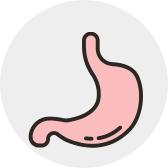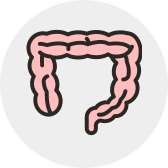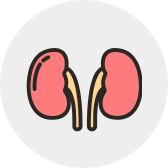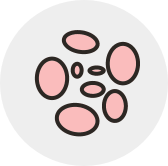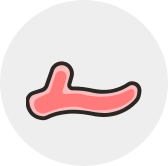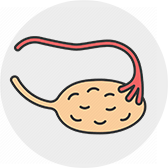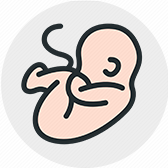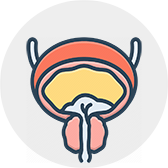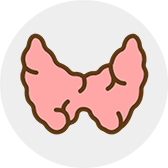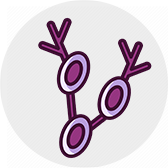Overview
HiChIP is an effective high-resolution contact map generation method with low read depth (Mumbach et al., Nat. Methods, 2016) . Recent years have witnessed a surge in HiChIP assays across various cell types, which have helped to characterize functional relevance of looping interactions and provide extraordinary insights into diseases arising from mutations in different sources, such as epigenetic modifiers, transcription factors (TFs), TF-binding loci, and architectural proteins (Weintraub et al., Cell, 2017; Simeonov et al., Nature, 2017). To facilitate studies of 3D regulatory interactions and their potential roles in transcriptional control during normal development and disease, we curated this comprehensive HiChIP database, HiChIPdb. We aim to offer a promising avenue for researchers to investigate genome-wide chromatin interactions across different cell types in the context of various proteins of interest.
To date, HiChIPdb contains:- 200 high-throughput HiChIP experiments with 12 kinds of ChIPs across 108 different cell types.
- Hierarchical categorization of whole genome HiChIP interactions across different organs, tissues, and cell types.
- Unified pipeline using GRCh37(hg19) as reference genome to obtain comprehensive resolution (1kb, 5kb, 10kb ,50kb and variable length) of HiChIP interactions with regulatory genes, potential GWAS SNP annotations.
- Extensive annotation and IGV visualization of regulatory genes and GWAS catalog SNPs for each HiChIP interaction.
- Specific gene/region/SNP searching.



